Fiordland is New Zealand’s largest national park and home to many hidden gems. Fiordland never ceases to delight and surprise me. I never tire of visiting. There always seems to be a new walk, a new hut, a new secret spot waiting for me. Come rain or shine, winter or summer, Fiordland is perfect any time of year.
We all know that Milford Sound generally gets all of the attention in Fiordland, with Doubtful Sound coming up second, but there are so many other places you can access here. For those of you looking to get off the beaten tourist track and step somewhere extraordinary, boy, have I found the place for you!
Allow me to introduce the Borland Valley! Buckle up if you’re like me and haven’t heard much about this area. If you’re eye-rolling me right now, pipe down. Let a girl get excited!
Epic views, incredible nature, no tourists, easy tracks, the Borland area of Fiordland is remarkable for so many reasons.
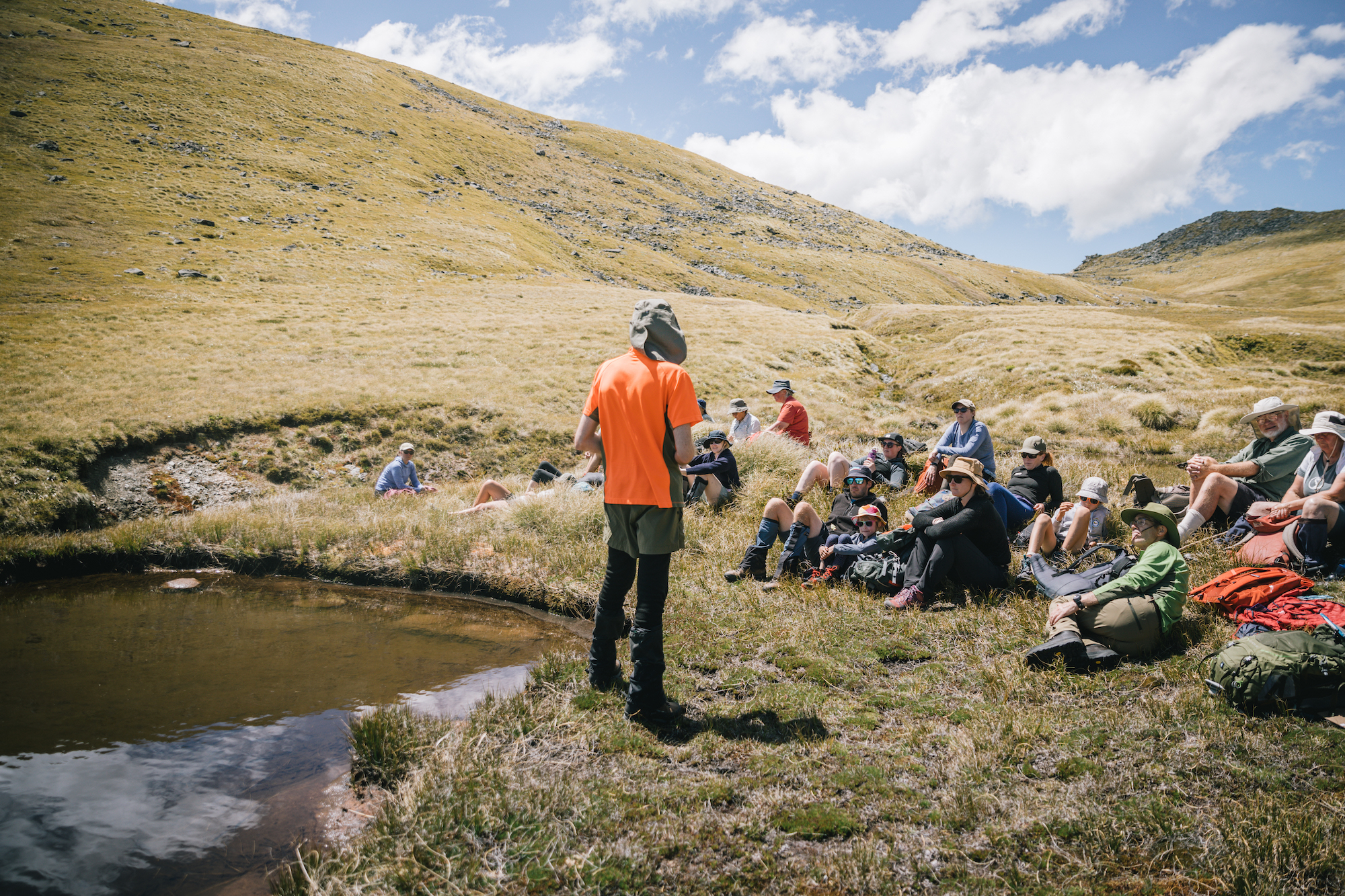
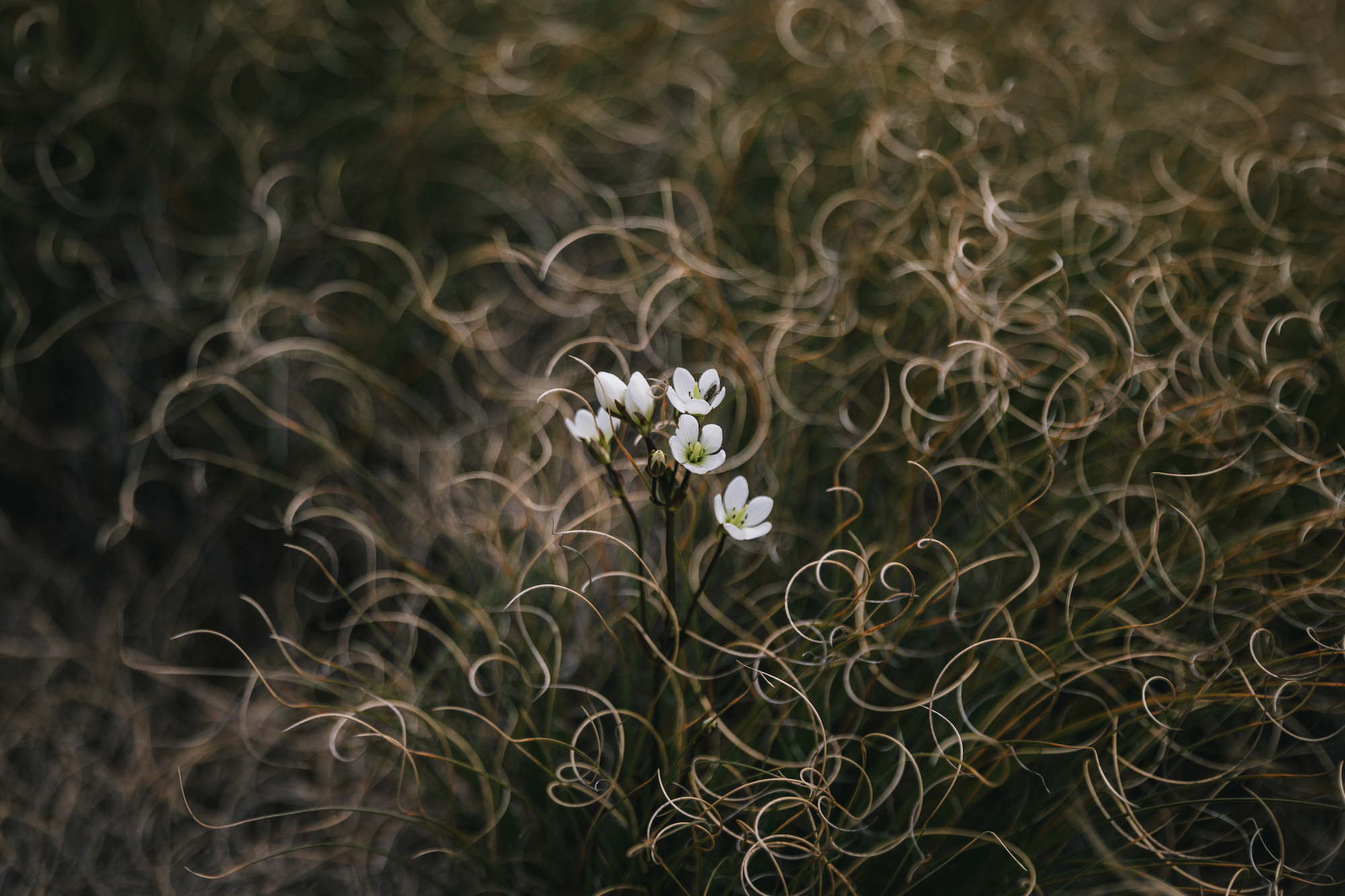
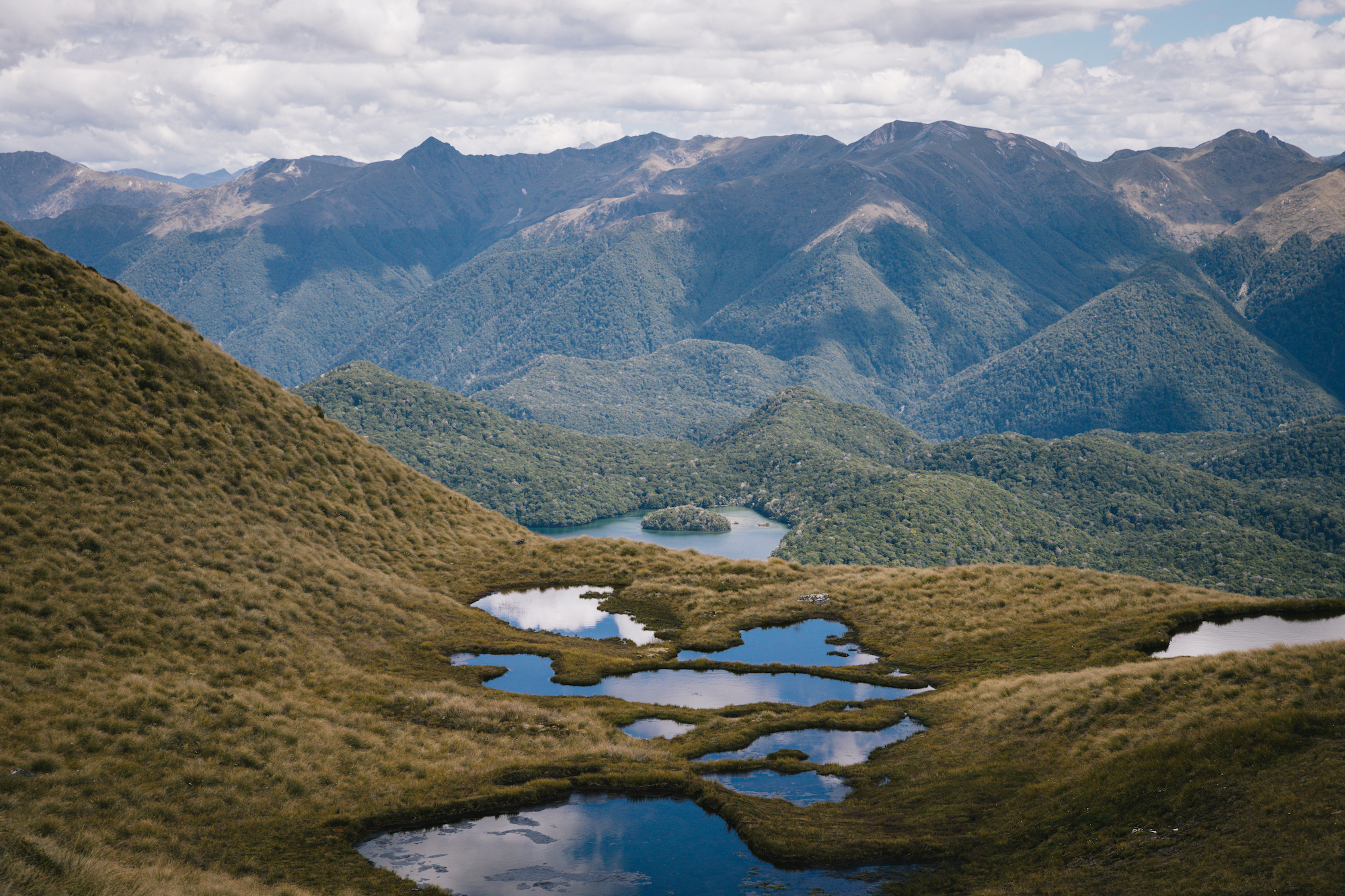
The local Department of Conservation office in Te Anau is probably my favorite DOC office. They are constantly working with the community. From offering fantastic nature-based adventures to doing great things for Fiordland, they rock. They also put on so many incredible events (usually in summer) that share some of the best stories from the region you might not have known much about.
Last January, I tagged along on one of their day trips to the Borland Valley to discover the incredible alpine world of plants.
Spoiler alert – it’s so cool! You guys know I’m a massive plant nerd, but I know little of native alpine plants beyond pretty buttercups and daisies and, of course, all the tussock. With renowned botanist Brian Rance, we explored all along the Borland Saddle and Mt Burns area, peering down at the ground and marveling at this beautiful, tiny jungle beneath our feet.
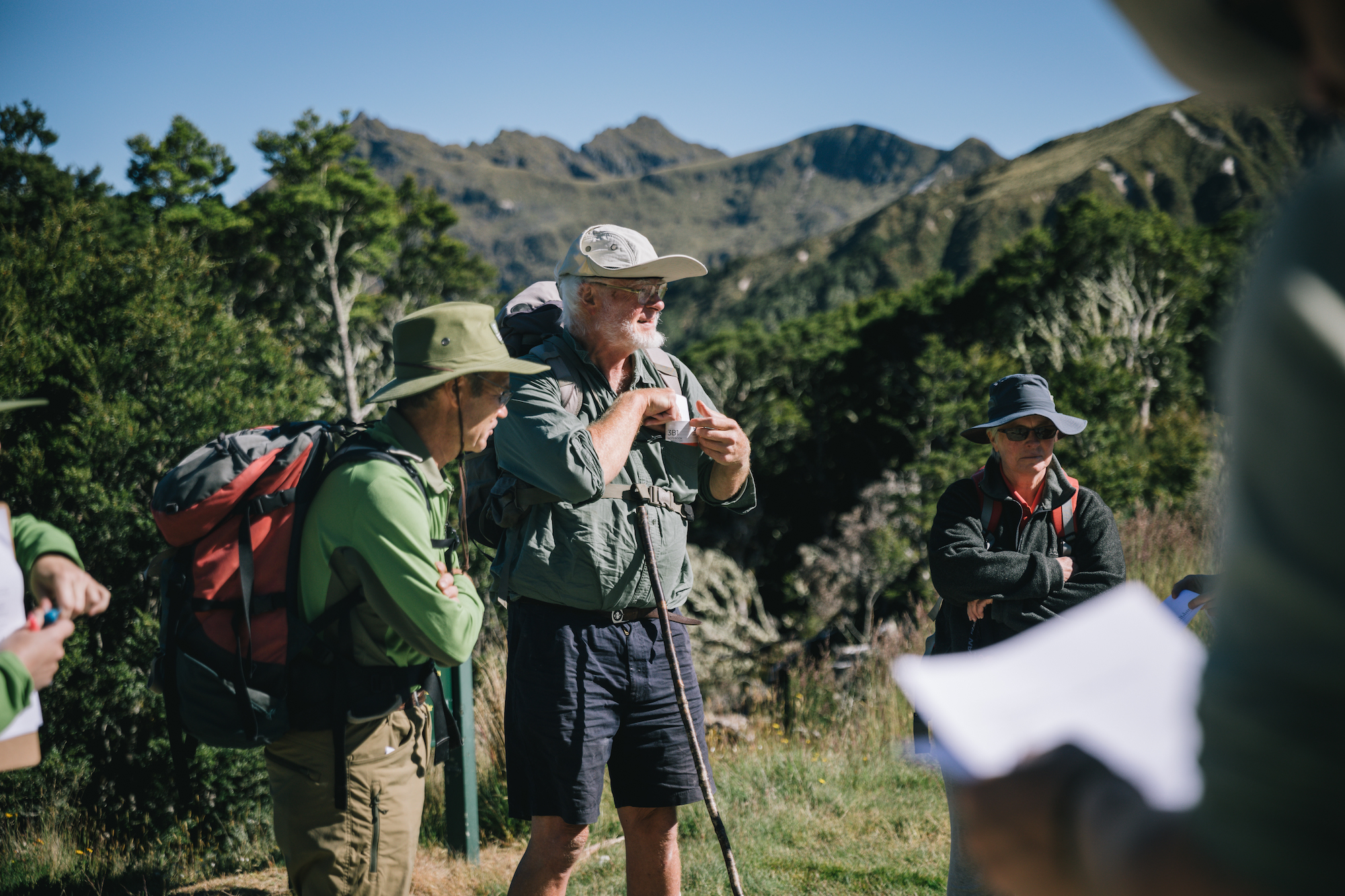
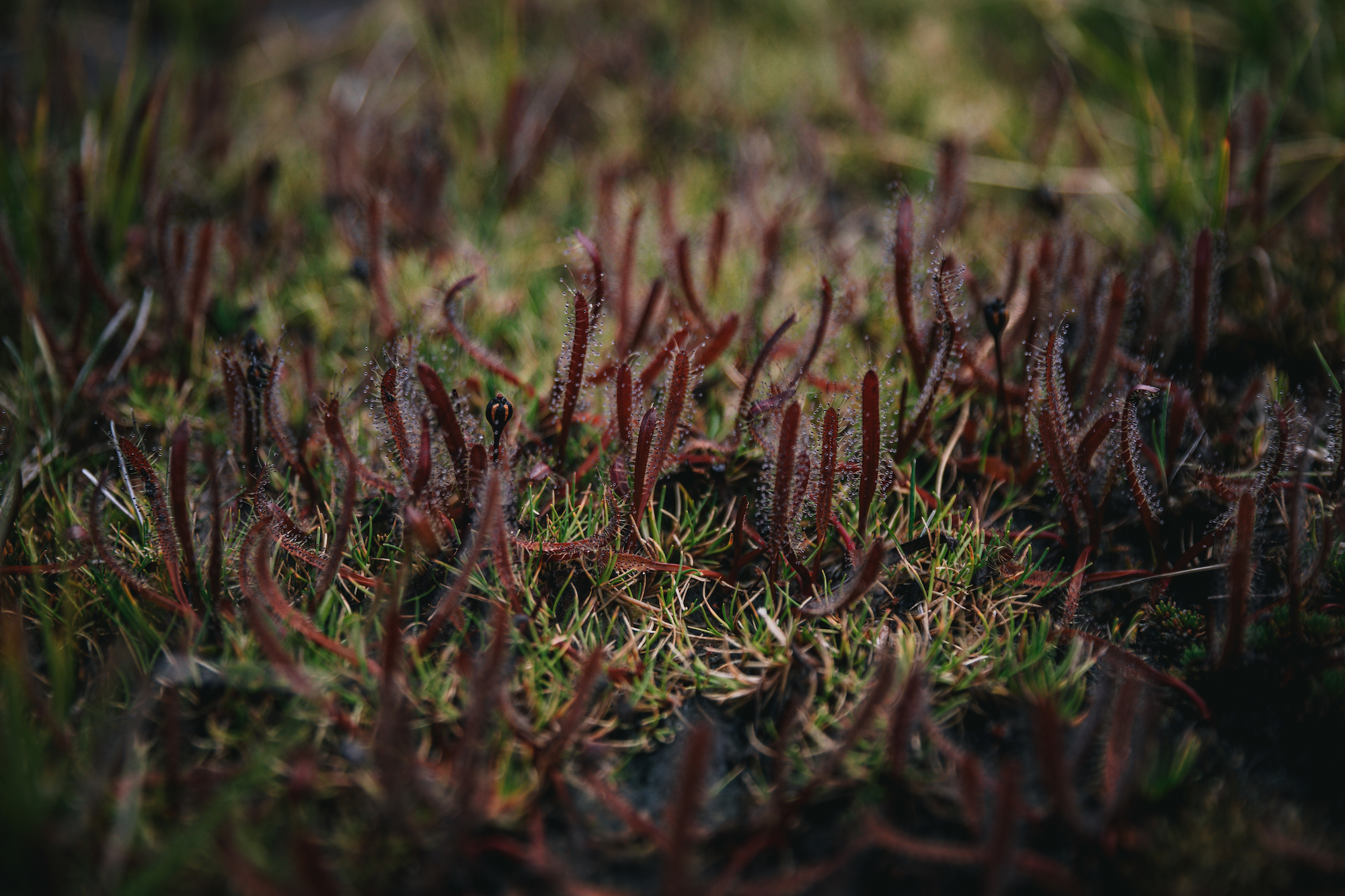
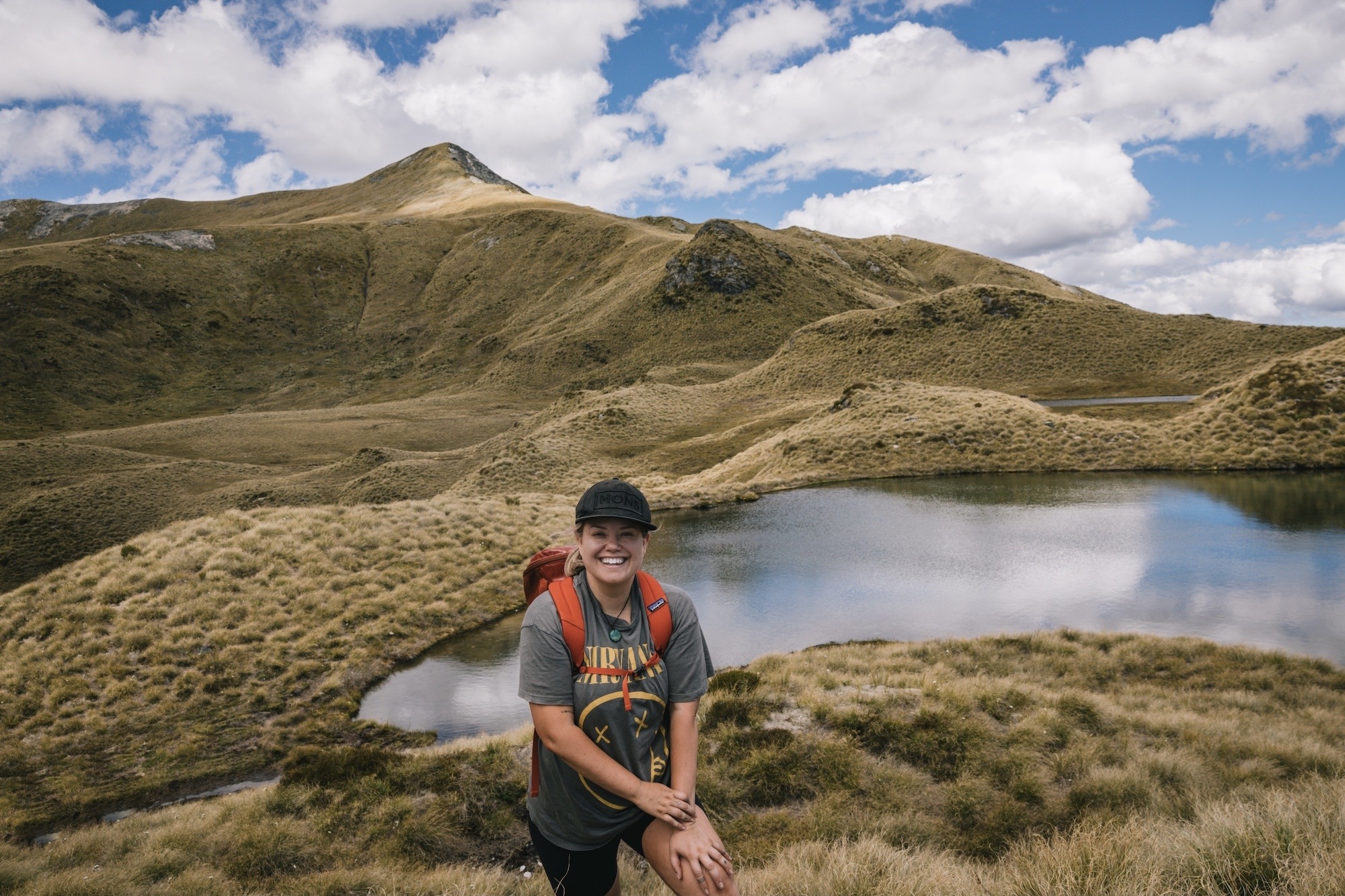
It was one of those perfect summer days where it felt like you could reach up and touch the sky. Hot and sunny, it’s not what you might expect when you picture the foggy cliffs of Milford Sound. It’s about an hour and a half drive south from Te Anau to the Borland Saddle on Borland Road. Here is where you can begin to climb up towards Mt Burns.
Fiordland is enormous, and most of it is inaccessible by roads. But the Borland Valley is one of the few areas with road access, though it’s not always for the faint of heart. Unsealed, narrow, and steep, it’s definitely not recommended for campervans. 4WD is usually the best. DOC mentions that there is no fuel, communication (including cell phone coverage), or emergency services along its length; therefore, only those properly equipped should attempt to negotiate the road.
For anyone living in New Zealand long enough, that sounds about standard. For visitors, make sure you plan.
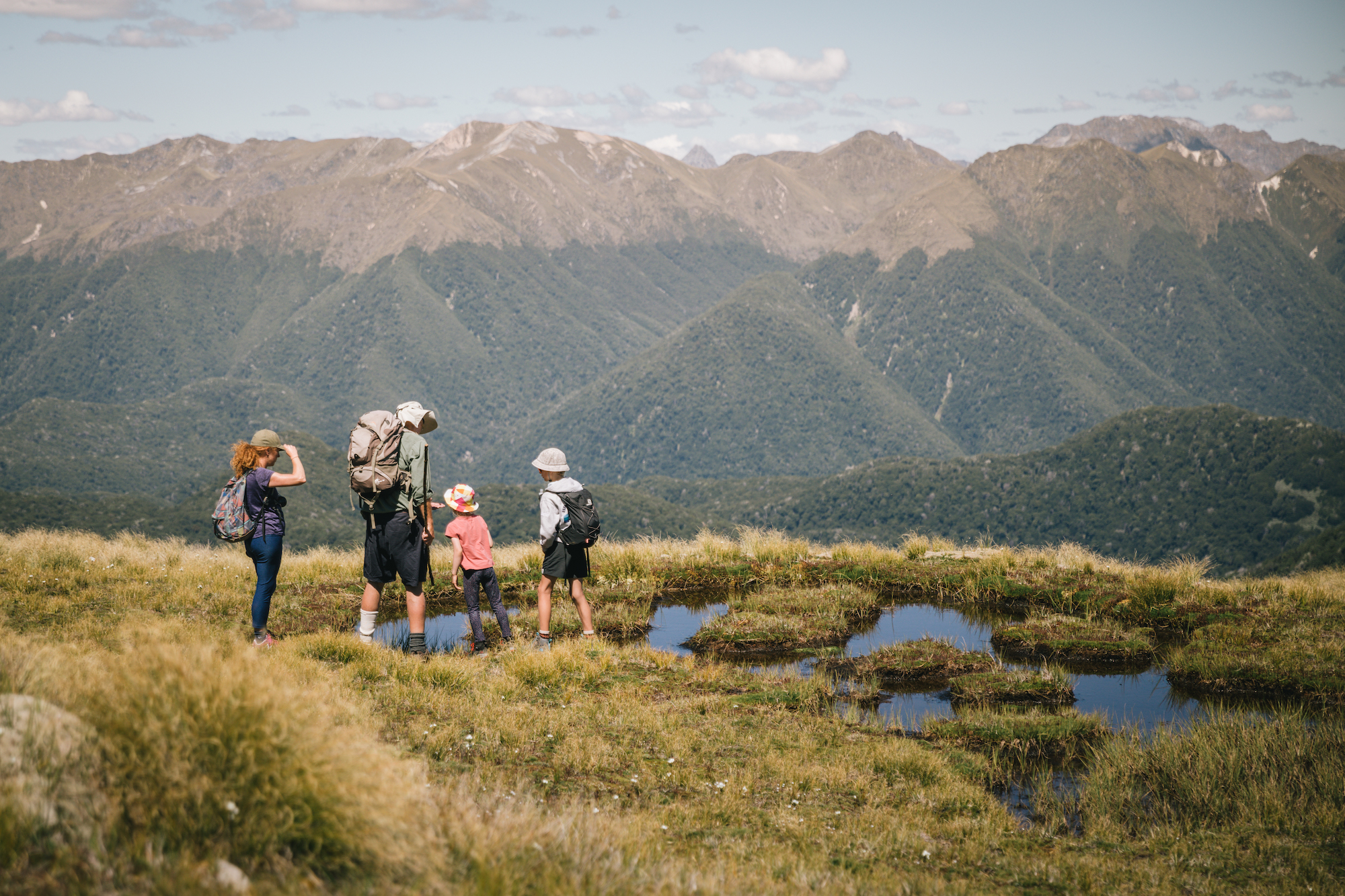
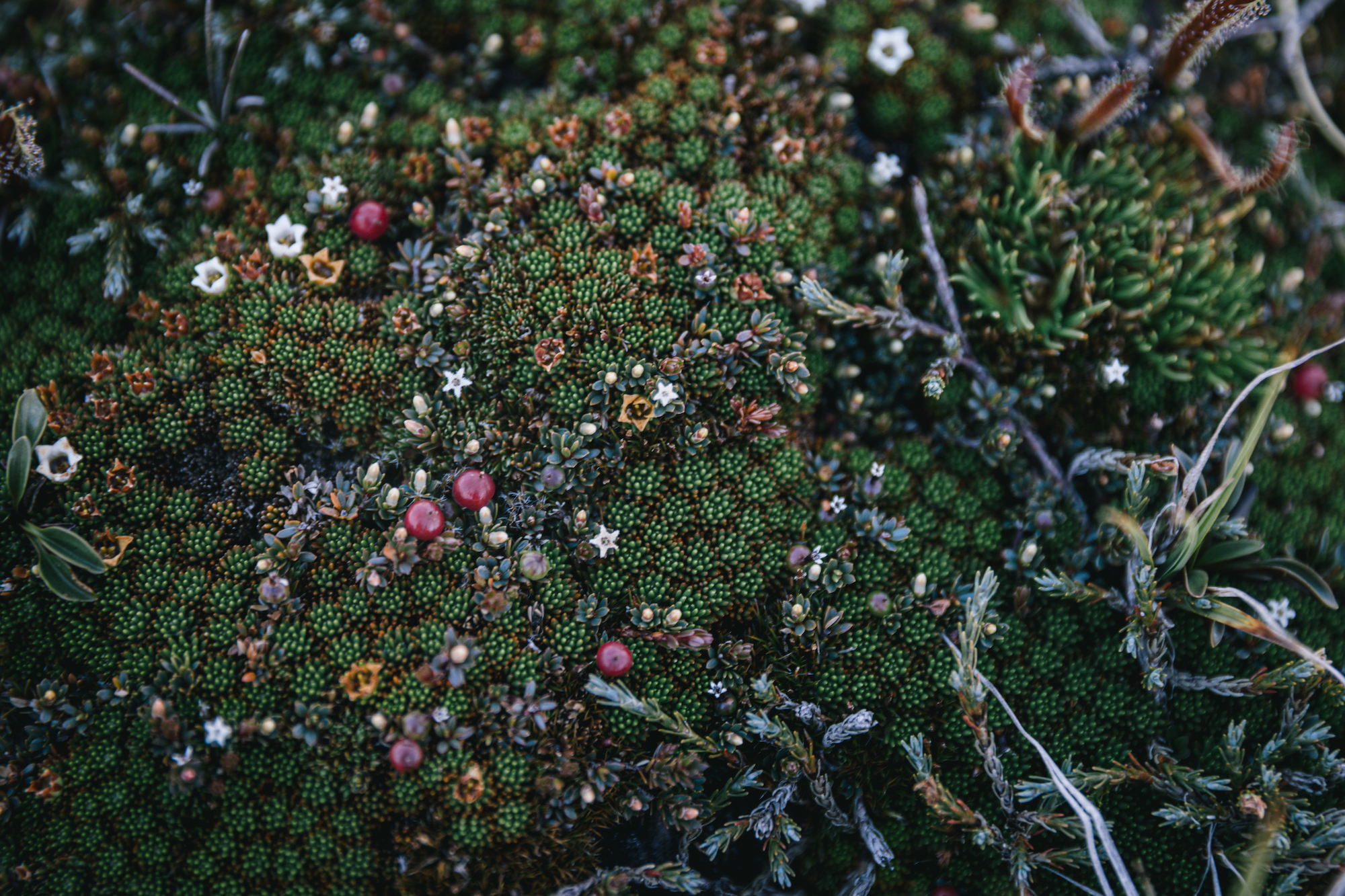
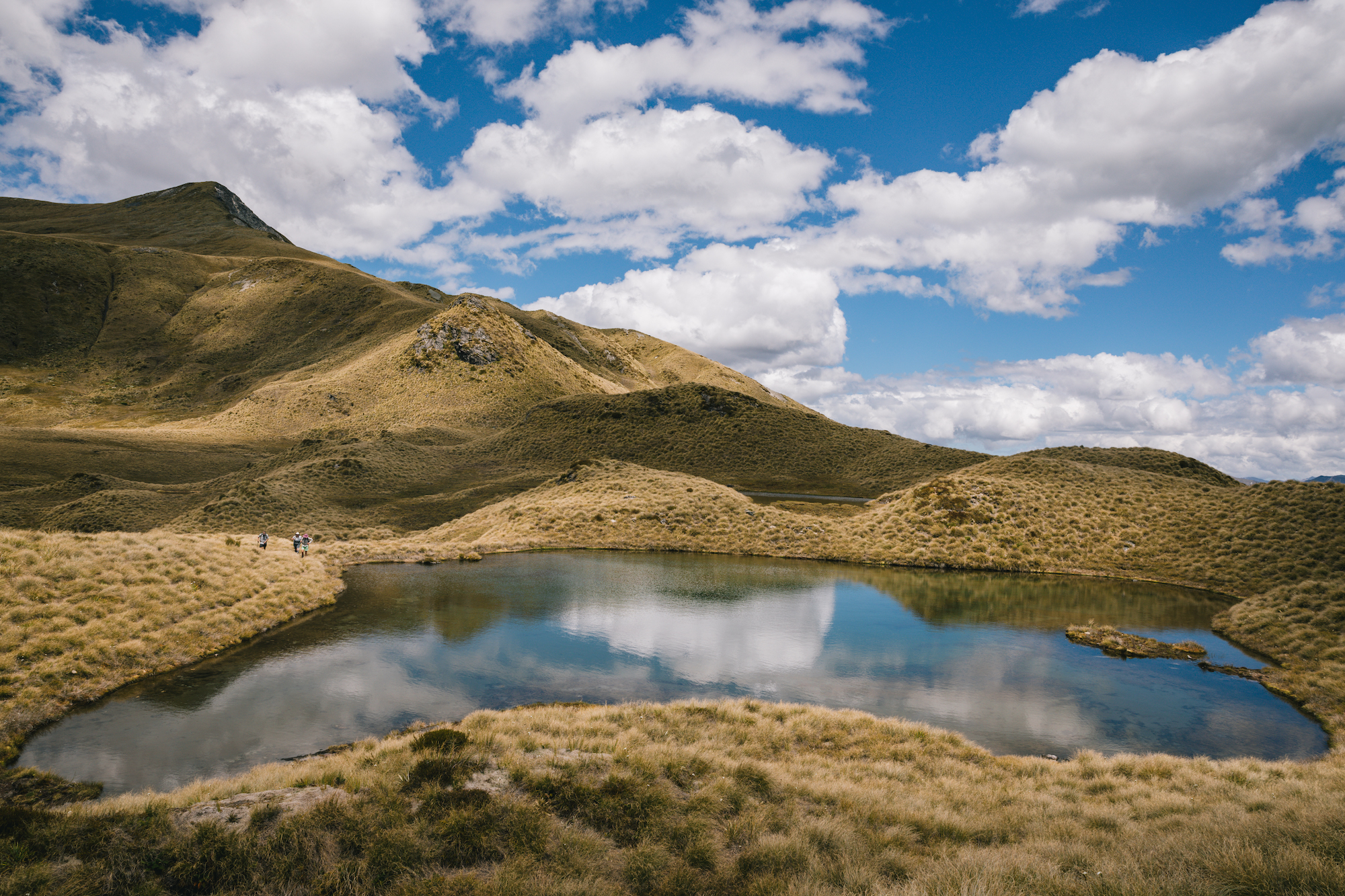
As you climb up the Borland area, you can catch glimpses of Lake Monowai in the distance. A popular spot for fishing, kayaking, and boating, it’s a great part of Fiordland.
Lake Monowai also powers one of the South Island’s oldest hydroelectric stations, which opened in 1925. Back in 1963, a workers’ camp was set up, the Pig Creek Hostel, and the construction of a road and electricity line began through the remote mountains to the West Arm Power Station in Manapōuri. Nowadays, the workers’ camp has been extensively redeveloped into the Borland Lodge, an education and accommodation complex, a trust where school groups and people come to learn outdoor education or to base themselves in a beautiful place.
The Borland Road is still used to maintain the power line, which you can see as you climb up Mt Burns.
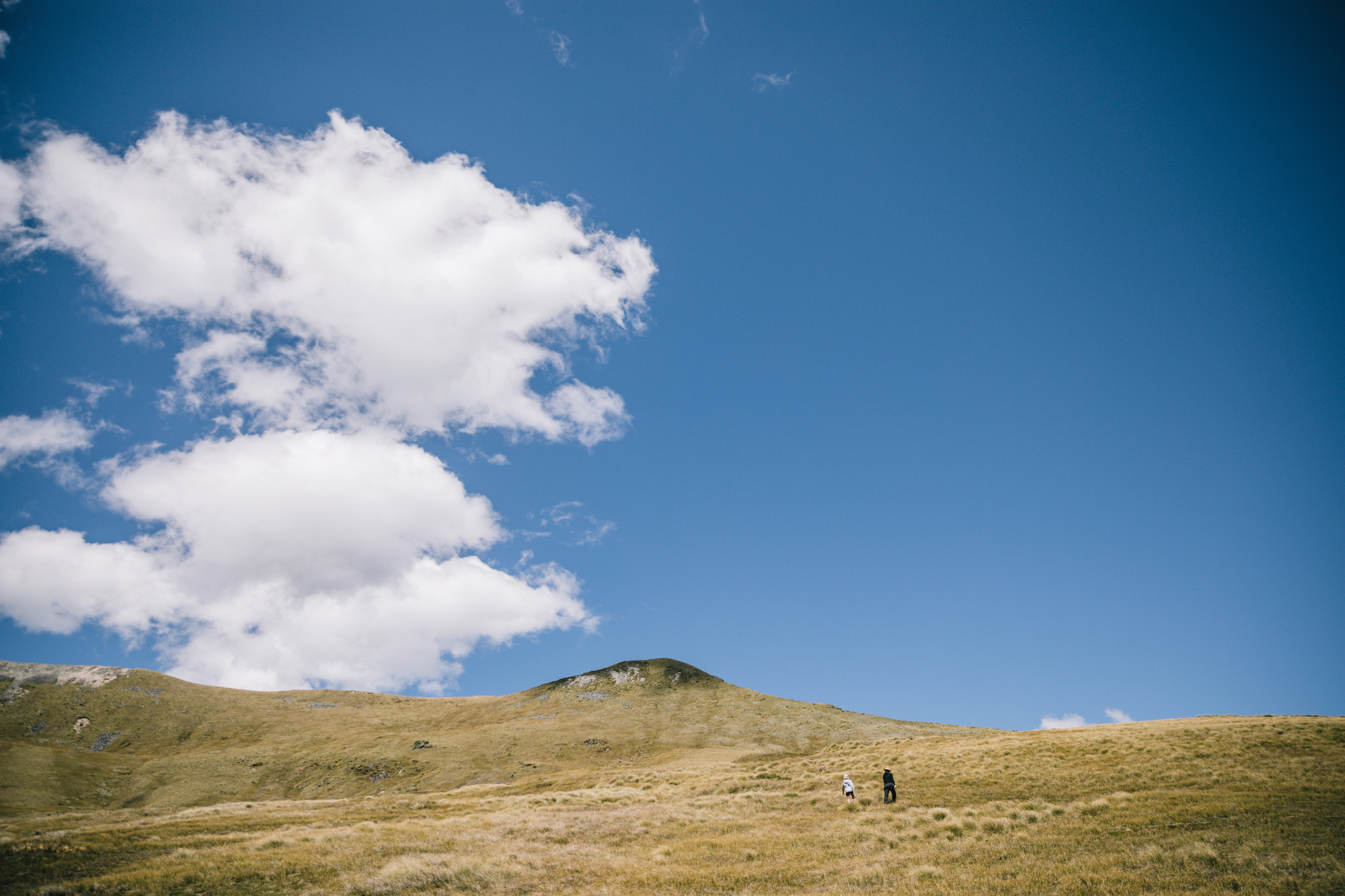
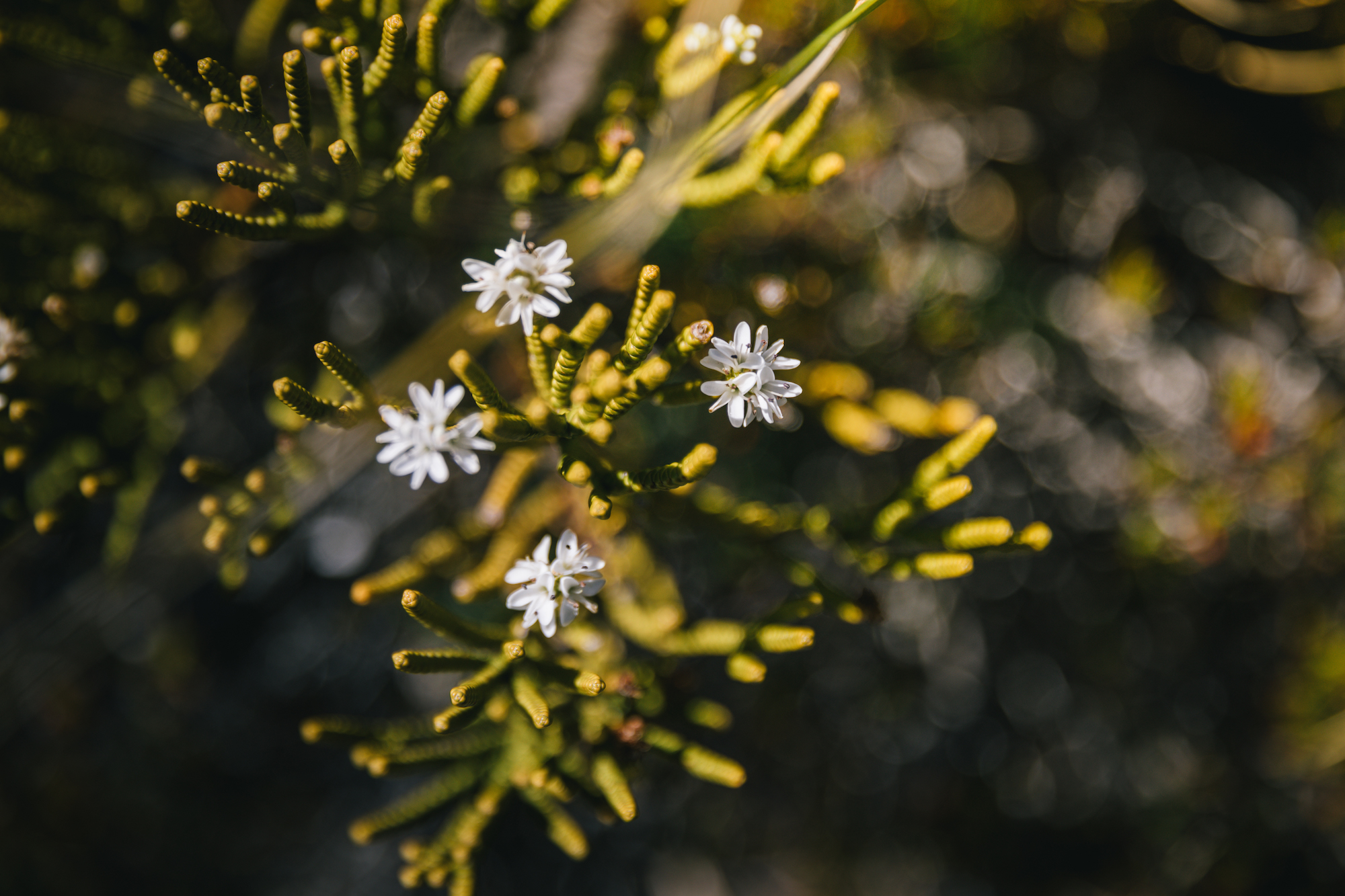
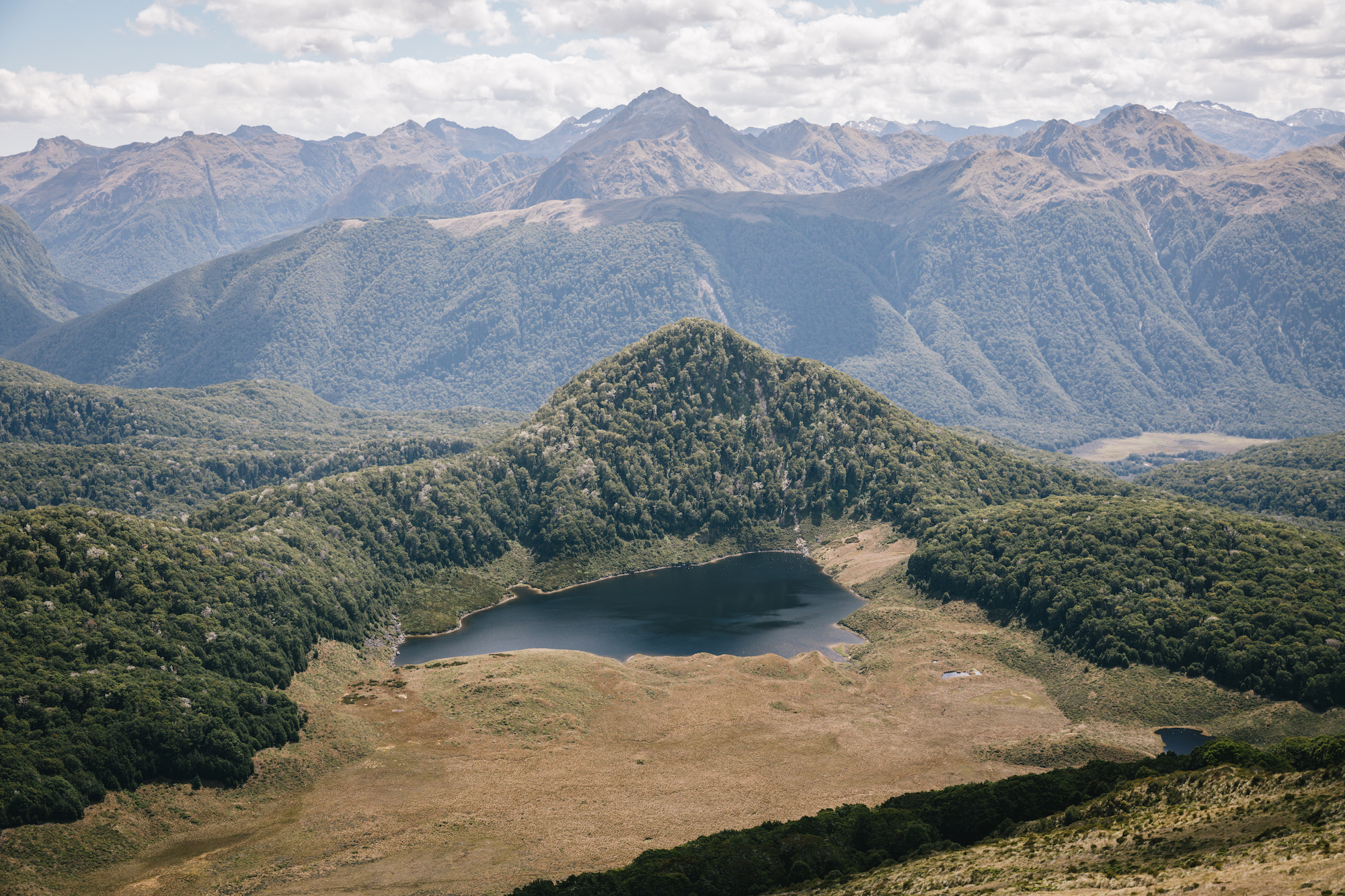
The biodiversity of this part of Fiordland is magnificent! Road access up almost to 1,000 meters makes this unique alpine environment more accessible, not that it’s busy.
It’s a short, steep climb towards the Mt Burns tarns through the tussocks. Here is where things get really beautiful. In early summertime, you might also be able to see the beautiful Mount Cook Buttercup.
In the distance, you can see the Borland Road, with the iconic powerlines, and down towards Green Lake, another unique tramping area. It’s hard not to stop every few minutes to take in the powerful landscapes. With some luck, you’ll probably have the place all to yourselves.
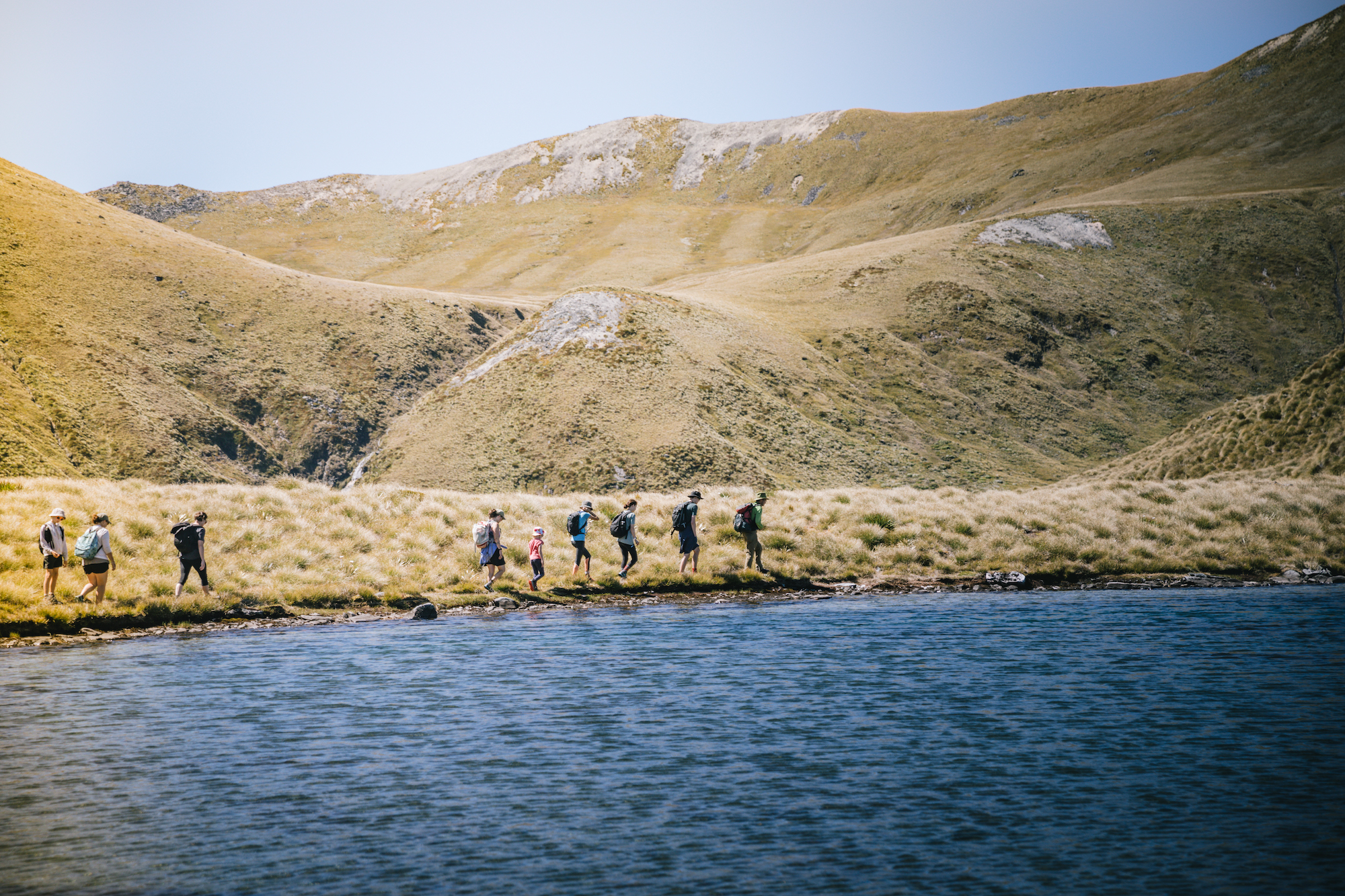
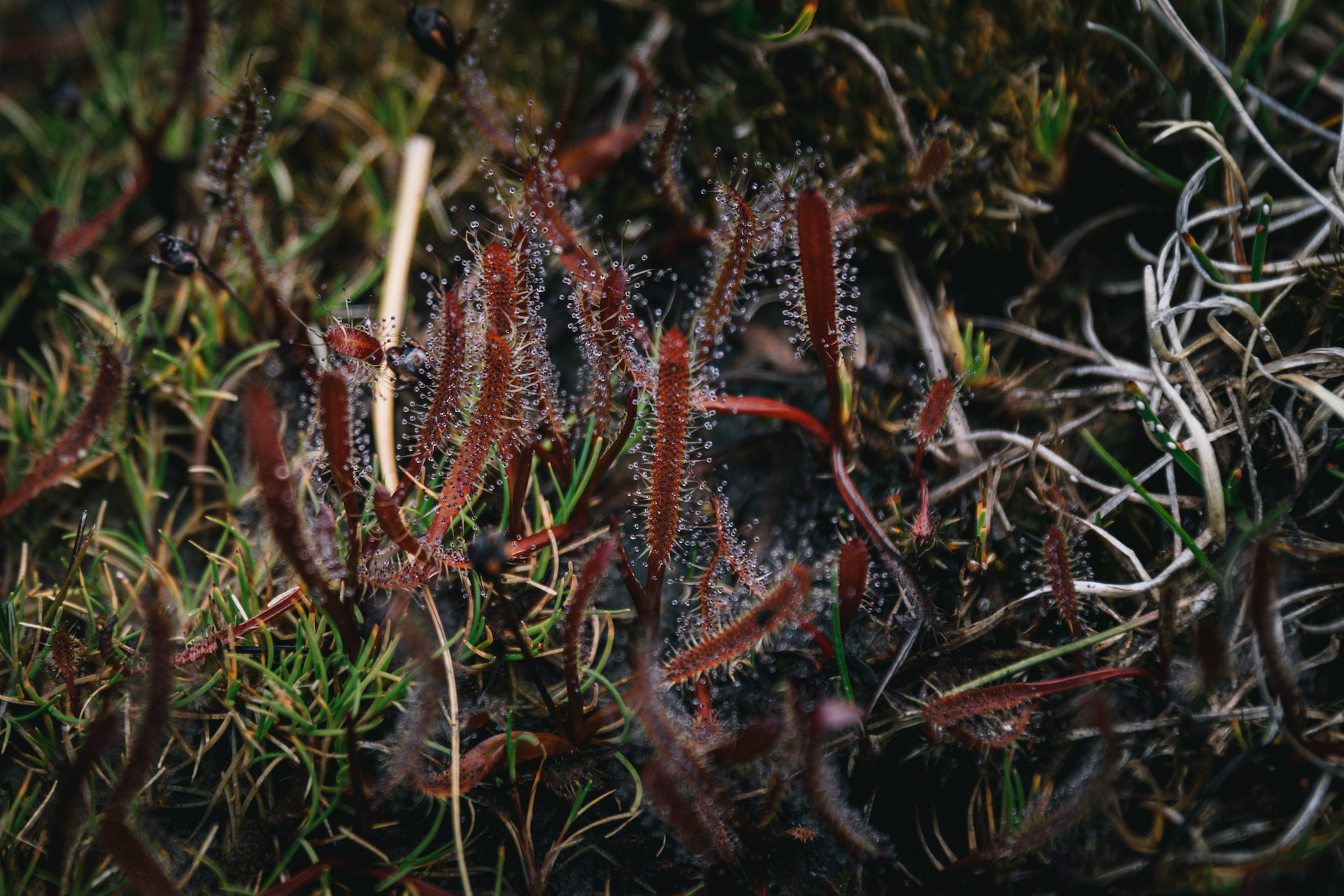
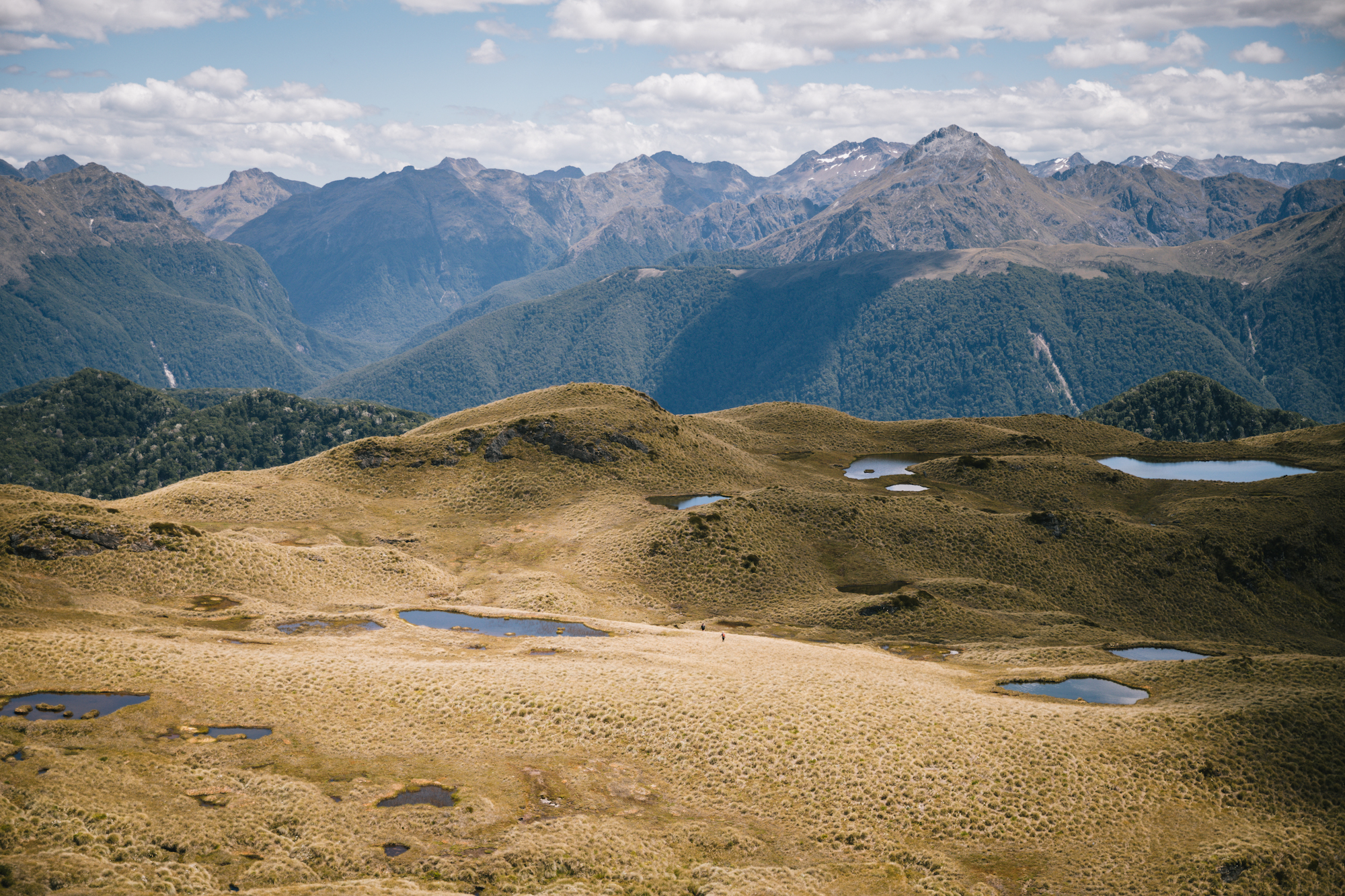
The incredible droseras (sundews) are some of New Zealand’s only carnivorous plants. They were plentiful along the climb to the saddle. As well as cushionbogs and unusual orchids, nine species of snow grass, this makes the Borland the most diverse area in New Zealand when it comes to alpine plants.
Many other alpine plants like hebes, aciphyllas, celmisias, and dracophyllums cover the open landscape. You don’t want to squash any of them as you pick your way through the grasses.
Once you get to the tarns, you must follow your nose as you climb higher along the creek towards Mt Burns.
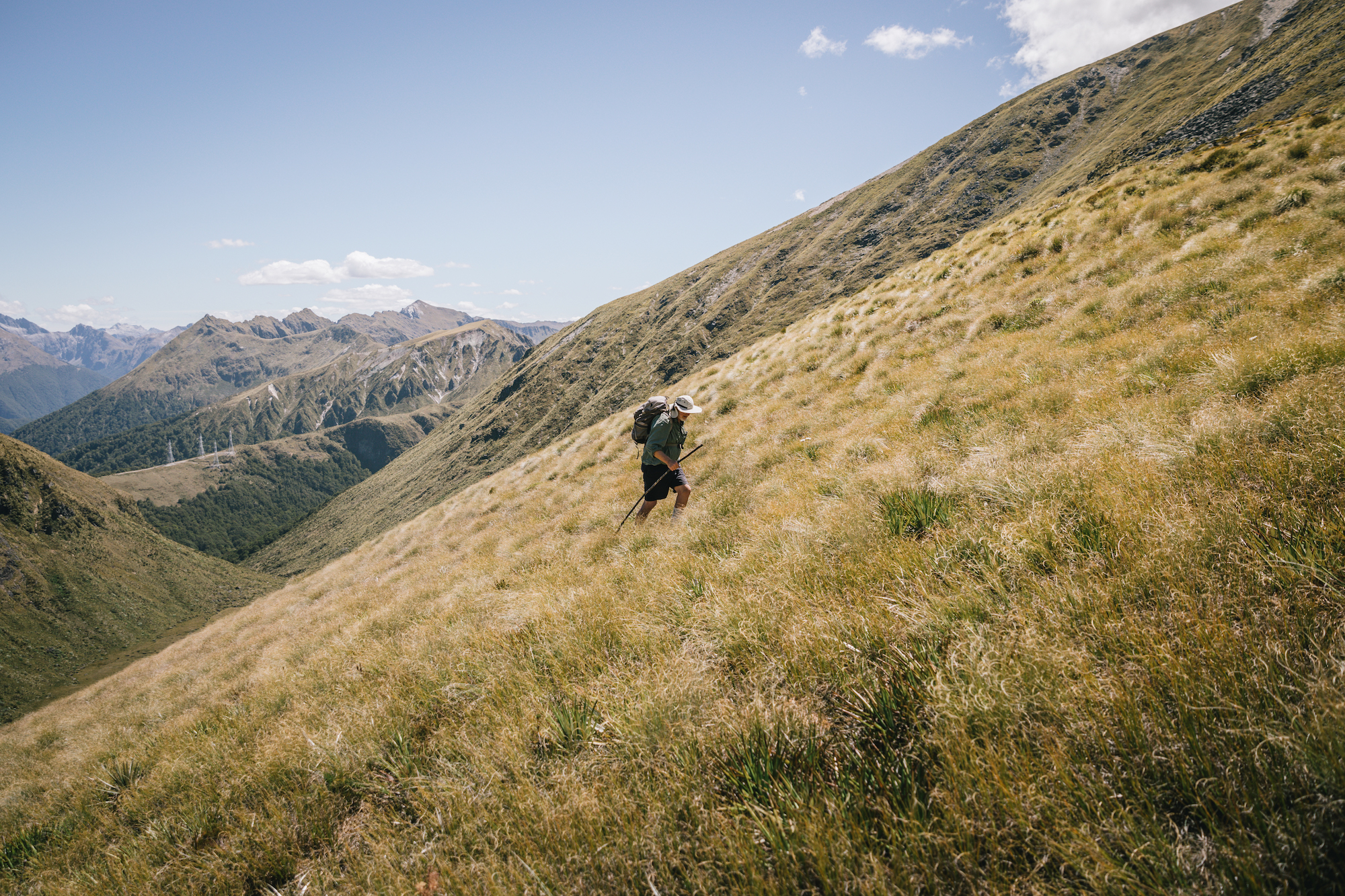
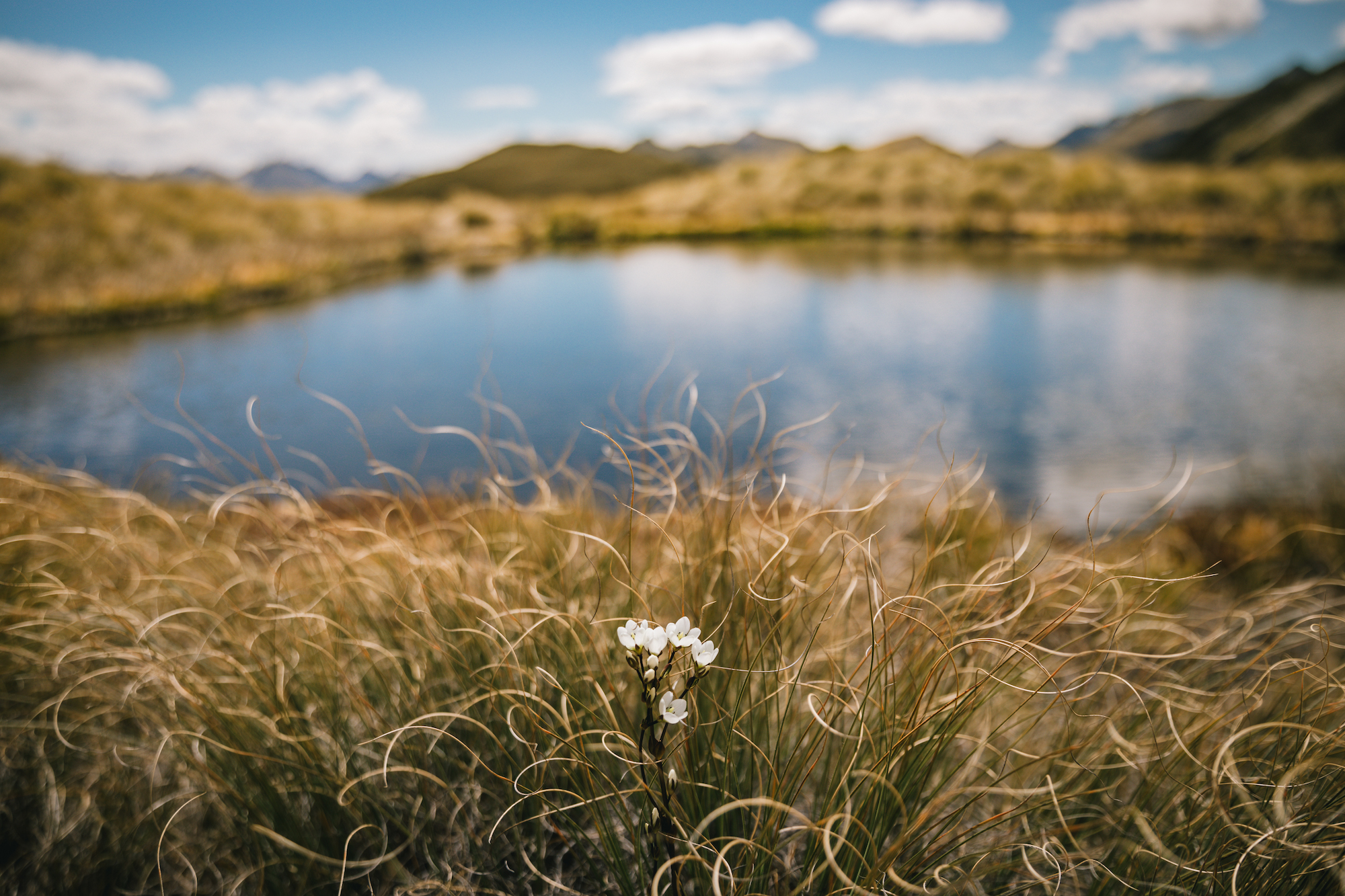

As someone inherently drawn toward the beauty of the peaks, I really enjoyed slowing down. It’s easy to get caught up with the idea of arriving at a destination instead of looking down beneath my feet. I would have walked right on by so many of these plants in the past. Knowing what I was looking at and what to look for made this trip all the more special.
I already know I’ll be back again to this part of Fiordland for a more extended visit.
Have you heard of the Borland Valley and this corner of Fiordland?
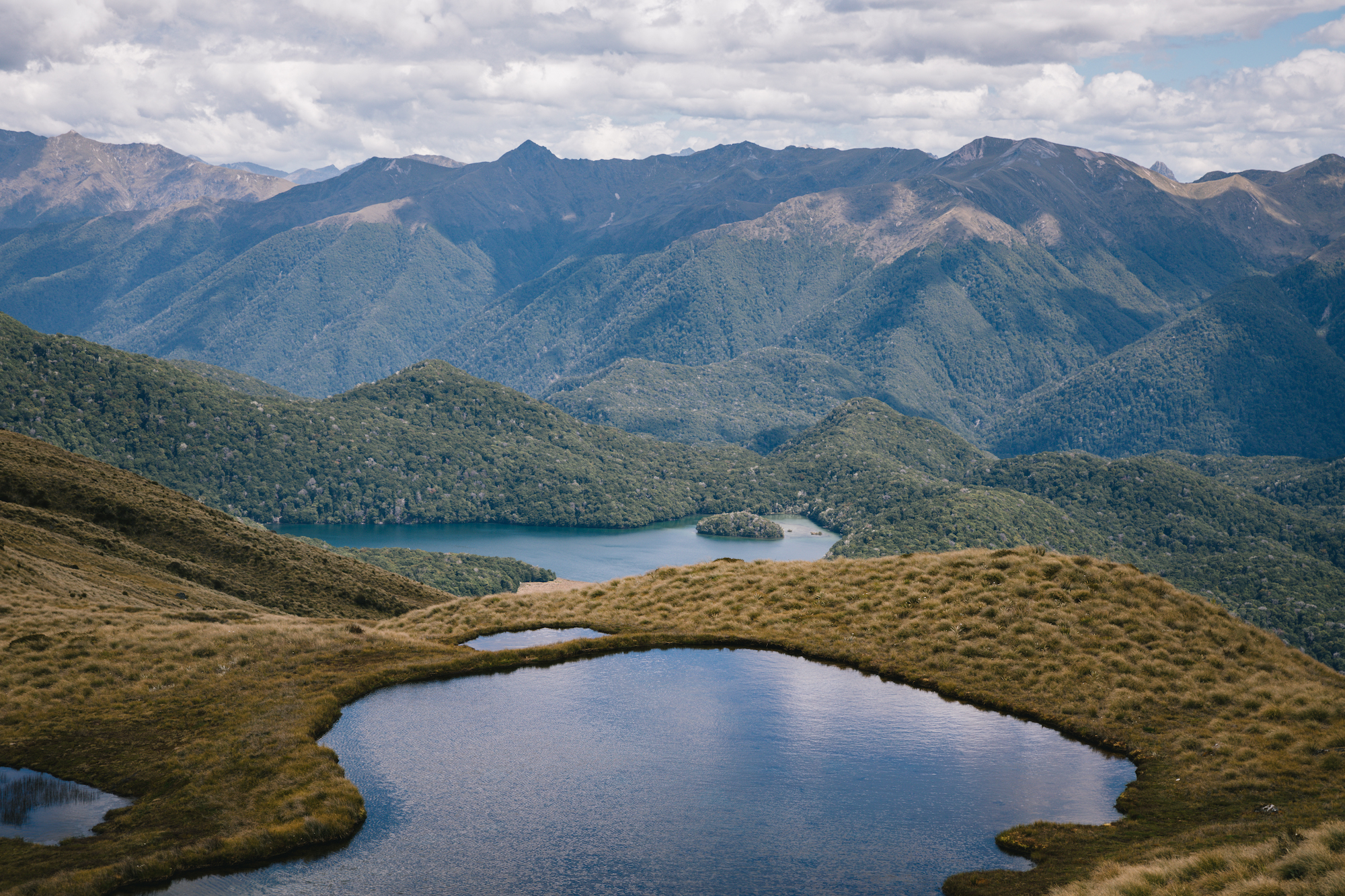
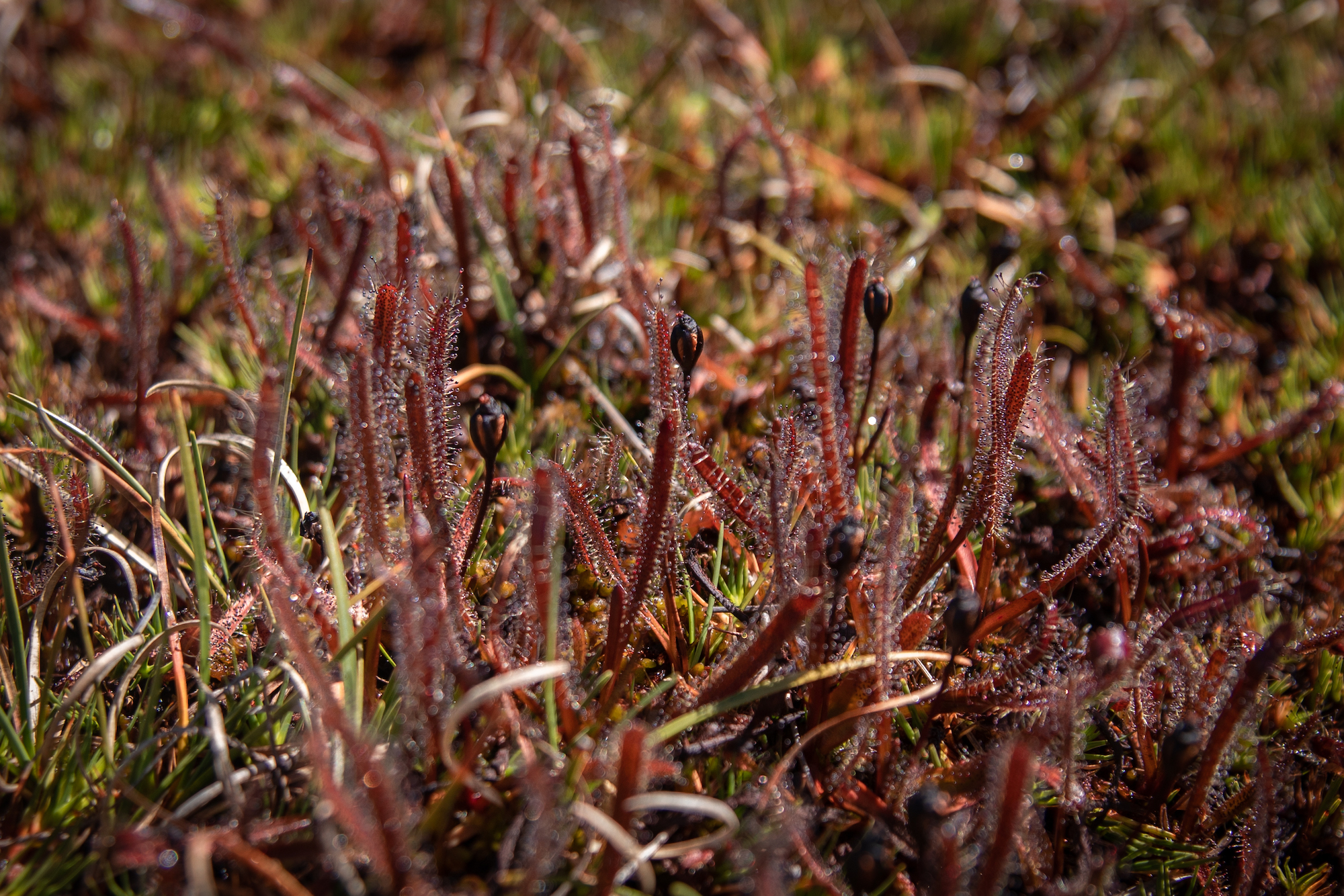
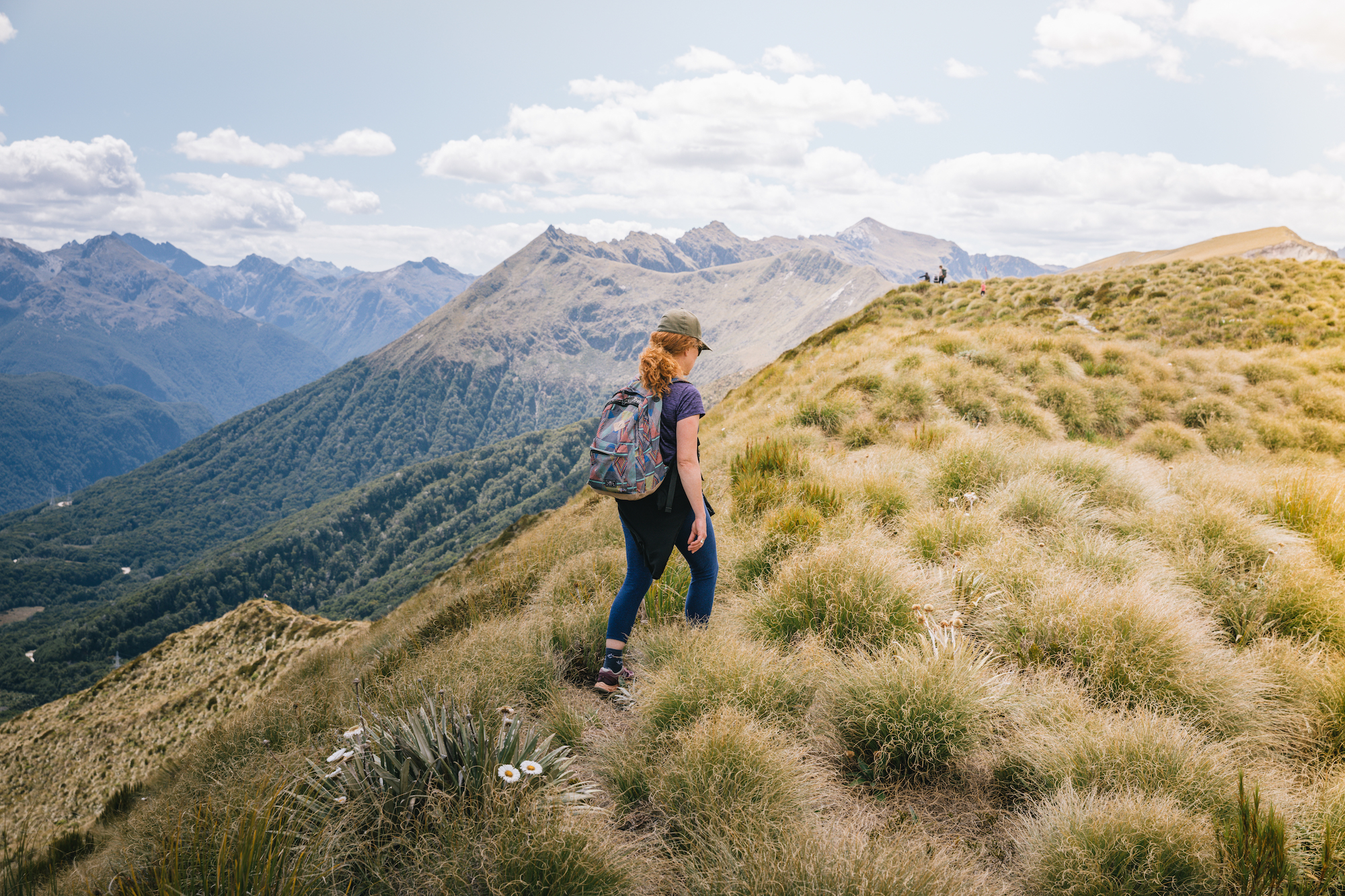
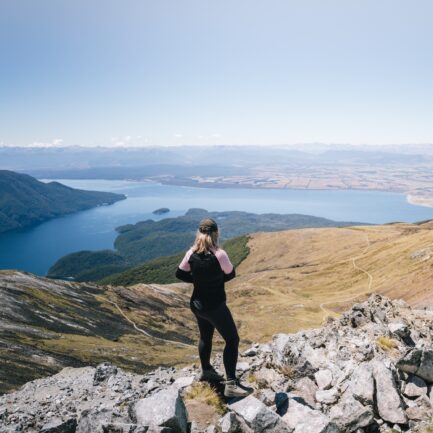
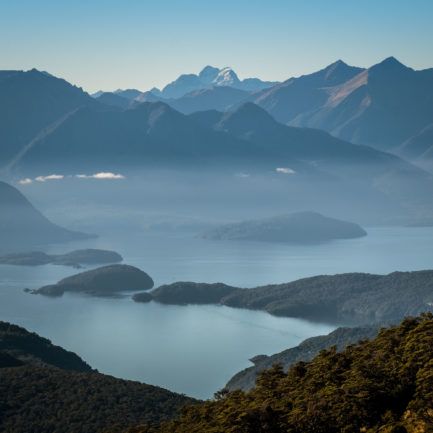
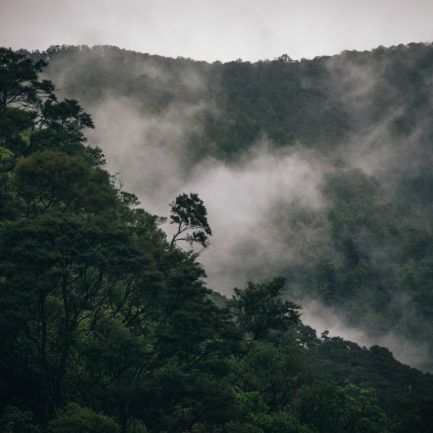
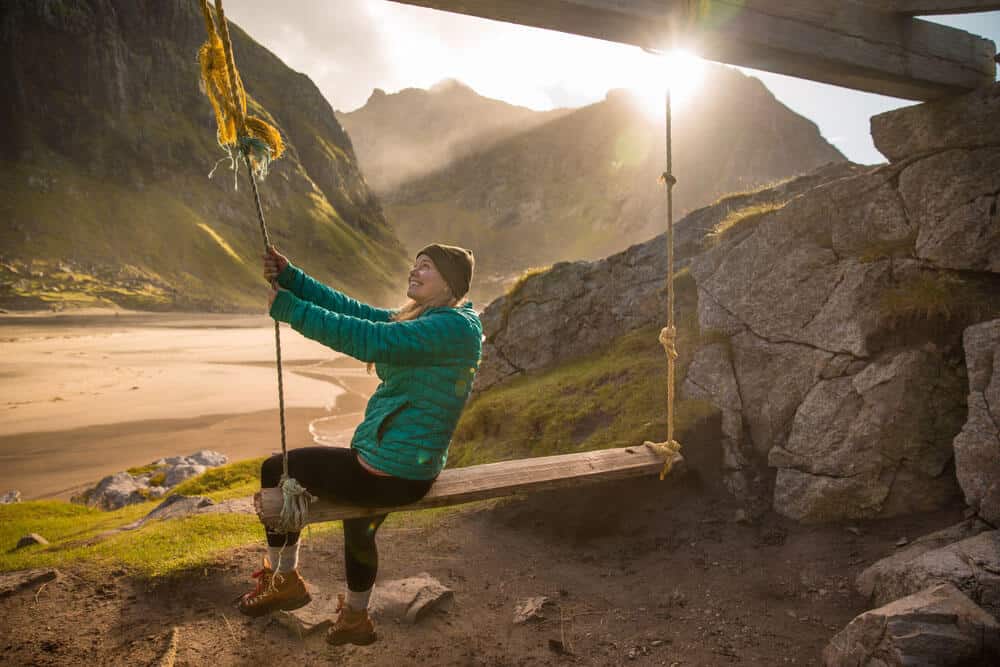
Be the first to comment